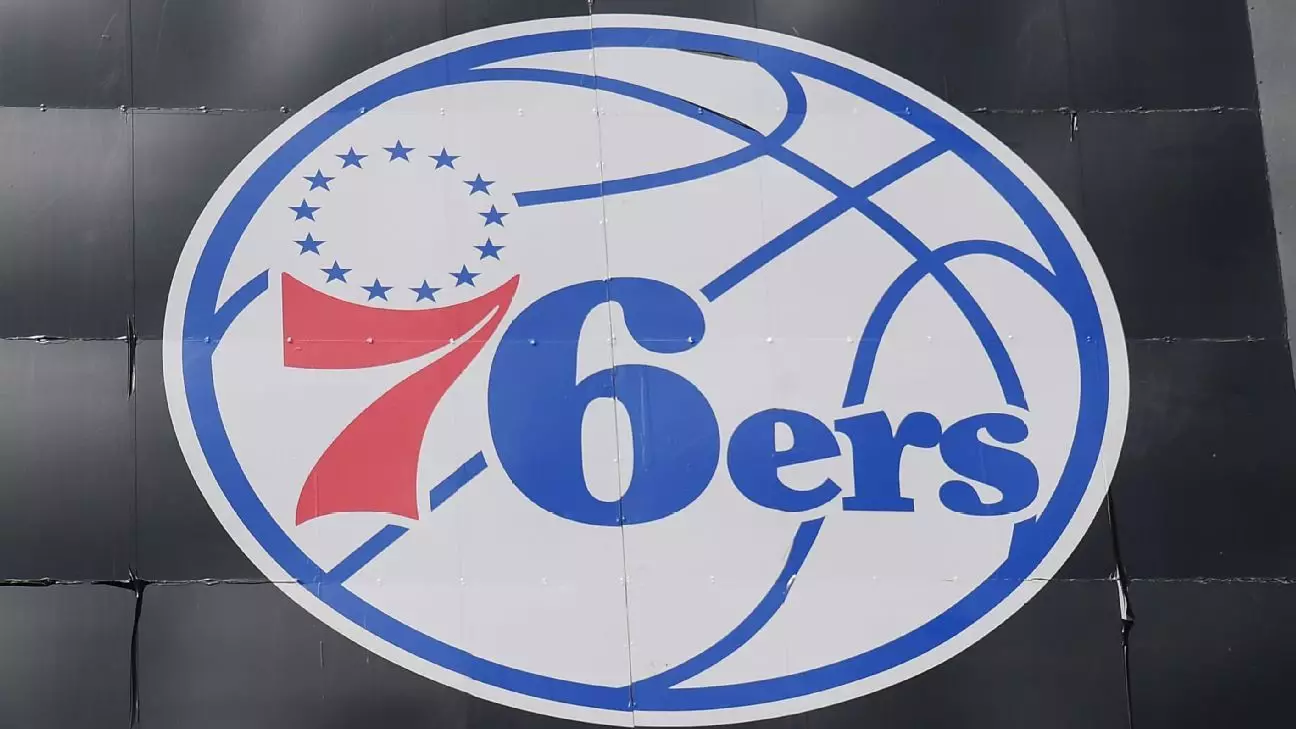In a recent and unexpected development, the Philadelphia 76ers have scrapped plans for their much-debated $1.3 billion downtown arena. This decision comes less than a month after the Philadelphia City Council greenlit the project, a move that had previously ignited considerable public and political friction. Many anticipated that the establishment of a new arena, branded as “76 Place,” would signify a transformative economic shift, yet the latest announcement has thrown a wrench into those expectations and prompted widespread reflection on the motives and implications of such high-stakes urban planning.
Reports indicate that, instead of moving forward with the ambitious downtown project, the 76ers have reached an agreement with Comcast Spectacor to continue their tenure in the city’s well-established sports stadium district. This area is home to the Wells Fargo Center, where the team has historically played. Although specifics regarding the new arrangement are sparse, this resolution may suggest a pragmatic approach from the franchise, choosing stability over the uncertain challenges associated with extensive urban development. Notably, the team operates under the ownership of Harris Blitzer Sports & Entertainment, which has interests in both basketball and hockey through the Philadelphia Flyers.
Community Response and Political Fallout
The about-face has led to a palpable sense of relief among opponents of the downtown proposal, particularly in Philadelphia’s Chinatown. Council members Jamie Gauthier and Rue Landau voiced strong criticisms regarding the team’s prior conduct, claiming that the process had lacked transparency and good faith. This sentiment echoes a broader mistrust among residents who feared that the arena would lead to detrimental effects on local communities, including traffic congestion, displacement, and gentrification.
In response to the switch in plans, some city officials have articulated feelings of betrayal, with at-large council member Jimmy Harrity emphasizing that he feels manipulated in the decision-making process. The 76ers’ abrupt pivot raises questions about the integrity of civic engagement and the extent to which developers consult and collaborate with community stakeholders before pursuing grand visions.
Advocates for the arena had argued that locating the 76ers in a new downtown facility would stimulate economic revitalization in areas struggling with disinvestment, particularly the Market East corridor. Supporters envisioned a thriving hub that could rejuvenate local businesses and draw tourists to the heart of Philadelphia. However, the growing backlash from residents concerned about the ramifications on their neighborhoods exhibited the complexities inherent to urban development, where the stakes are not solely economic but are profoundly social as well.
The timeframe accompanying this development has also captured attention. The notion that the franchise intended to complete the transition by 2031 while not seeking direct city funding but rather state and federal assistance hinted at a long-term strategic plan. Yet, with the current reversal, it can be argued that the original timeline may have been overly ambitious or underprepared, revealing a disconnect between the team’s aspirations and the community’s readiness to accept them.
Looking Ahead: What’s Next for Philadelphia?
The decision to forgo the downtown arena signifies more than just a logistical change; it represents a pivotal moment in Philadelphia’s dialogue around urban development, community engagement, and civic responsibility. As the 76ers reassess their plans, this development invites scrutiny on how professional sports teams navigate interactions with urban environments, and how their decisions reverberate through the communities they inhabit.
Going forward, capitalizing on existing infrastructure may present a more sustainable path for both the franchise and the city. As Philadelphia grapples with the implications of the 76ers’ recent decision, it could lay the groundwork for healthier negotiations between city leadership, developers, and residents in future projects that aim to benefit all stakeholders. Ultimately, the nuances of this situation serve as a reminder of the delicate balance of urban planning, where aspirations must harmonize with realities for truly fruitful outcomes.

